More than 25,000 residents in three provinces have been evacuated as dozens of wildfires remained active Sunday and diminished air quality in parts of Canada and the U.S., according to officials.
Roughly 17,000 residents in the Canadian province of Manitoba have been evacuated because of nearly two dozen active wildfires, officials said. More than 5,000 of those are from Flin Flon, where there is no rain in the immediate forecast.
There have been no structure fires in the city located nearly 400 miles northwest of the provincial capital of Winnipeg as of Sunday, but officials worry that a change in wind direction could bring the fire into town.
Ongoing hot, dry weather is allowing some fires to grow and threaten communities, and resources to fight the fires and support the evacuees are stretched thin, Saskatchewan Premier Scott Moe said. Smoke was also worsening air quality and reducing visibility in Canada and into some U.S. states along the border.
“Air quality and visibility due to wildfire smoke can fluctuate over short distances and can vary considerably from hour to hour,” Saskatchewan’s Public Safety Agency warned Sunday. “As smoke levels increase, health risks increase.”
Government of Manitoba / Handout/Anadolu via Getty Images
Manitoba declared a state of emergency on Wednesday as the fires burning from the northwest to the southeast forced evacuations in several communities in the province directly north of the U.S. states of Minnesota and North Dakota.
Thousands have also been affected by wildfires in Saskatchewan and Alberta, with 1,300 people in the community of Swan Hills northwest of Edmonton forced from their homes.
Saskatchewan Premier Scott Moe told a news conference Saturday that ongoing hot, dry weather is allowing some fires to grow and threaten communities, and that the current figure of 8,000 fire evacuees could climb to 10,000.
“The next four to seven days are absolutely critical until we can find our way to changing weather patterns, and ultimately a soaking rain throughout the north,” Moe said.
As of Sunday afternoon, more than 170 active fires were burning across Canada, according to the Canadian Interagency Forest Fire Centre. Of those, 89 were considering to be burning “out of control.”
Smoke from the wildfires was expected to drift down into the U.S., with air quality alerts issued for portions of the Upper Midwest.
“Smoke from Canadian wildfires continue to spread across the skies across much of the Upper Midwest and Great Lakes,” the National Weather Service wrote. “…The smoke will also create air quality issues at times, mainly for sensitive groups.”
Nasuna Stuart-Ulin/Bloomberg via Getty Images
Canada’s wildfire season runs from May through September. Its worst-ever wildfire season was in 2023. It choked much of North America with dangerous smoke for months.
The U.S. Department of Agriculture’s Forest Service said Saturday it has deployed an air tanker to Alberta, and the U.S. is sending 150 firefighters and equipment like sprinkler kits, pumps and hoses to Canada.
“We are here to help our neighbors during their time of need, and our Forest Service Wildland Firefighters are the best in the business. I am thankful for the men and women who are bravely stepping up to serve,” U.S. Secretary of Agriculture Brooke L. Rollins said in a statement.
In northern Manitoba, fire knocked out power to the community of Cranberry Portage, forcing a mandatory evacuation order Saturday for about 600 residents. People living in smaller nearby communities were told to prepare to evacuate after a fire jumped a highway.
“Please start getting ready and making plans to stay with family and friends as accommodations are extremely limited,” Lori Forbes, the emergency coordinator for the Rural Municipality of Kelsey, posted on social media.
Evacuation centers have opened across the province for those fleeing the fires, including one as far south as Winkler, Manitoba, 12 miles from the U.S. border.
Evacuations that started earlier in the week for Pimicikamak Cree Nation ramped up Saturday, when five flights were expected to take residents to Winnipeg. “The wildfire has crossed the main road, and the area remains filled with smoke and ash,” Chief David Monias wrote on social media.
Winnipeg has opened up public buildings for evacuees as it deals with hotels already crammed with other fire refugees, vacationers, business people and convention-goers.
Manitoba’s Indigenous leaders, including Monias, told a news conference on Saturday that hotel rooms in the cities where evacuees are arriving are full, and they called on the government to direct hotel owners to give evacuees priority.
Assembly of Manitoba Chiefs Grand Chief Kyra Wilson said it was one of the largest evacuations in the province since the 1990s.
“It’s really sad to see our children having to sleep on floors. People are sitting, waiting in hallways, waiting outside, and right now we just need people to come together. People are tired,” Wilson said at the news conference.
“We need to make sure that we have space for our people.”
The fire menacing Flin Flon began Monday near Creighton, Saskatchewan, and quickly jumped the boundary into Manitoba. Crews have struggled to contain it. Water bombers have been intermittently grounded due to heavy smoke and a drone incursion.
The 1,200 or so residents of Creighton have also been ordered out, many of whom have gone to nearby Nipawin, Saskatchewan. In total, more than 8,000 people have fled wildfires in Saskatchewan.
canadian-wildfires-force-tens-of-thousands-evacuate-threaten-u-s-air-quality

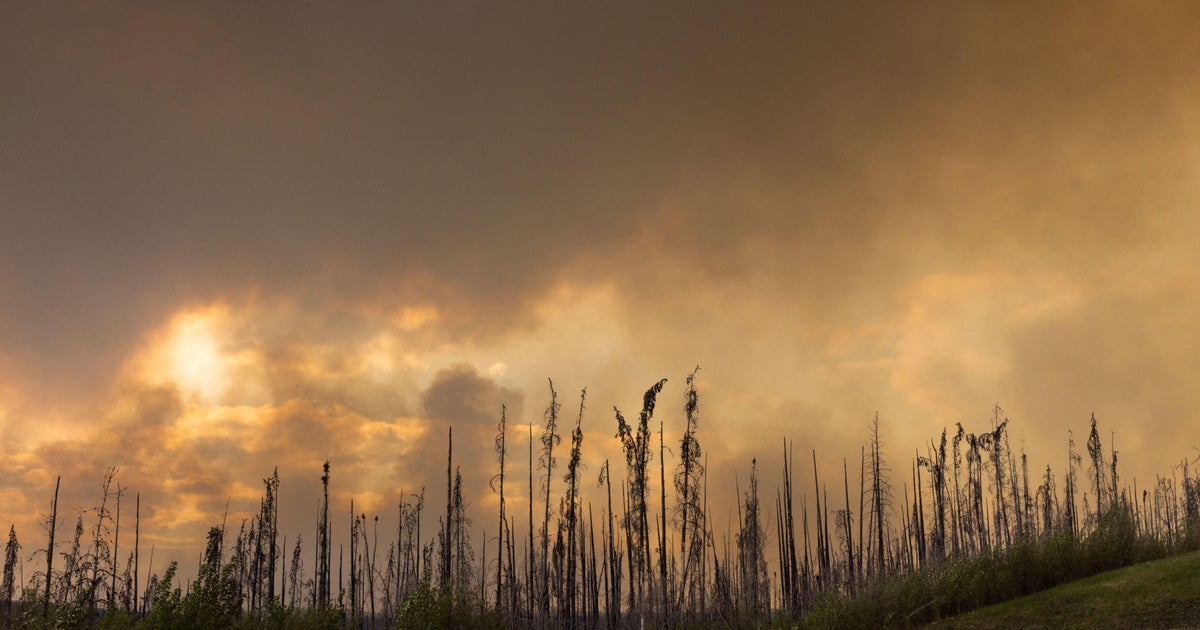


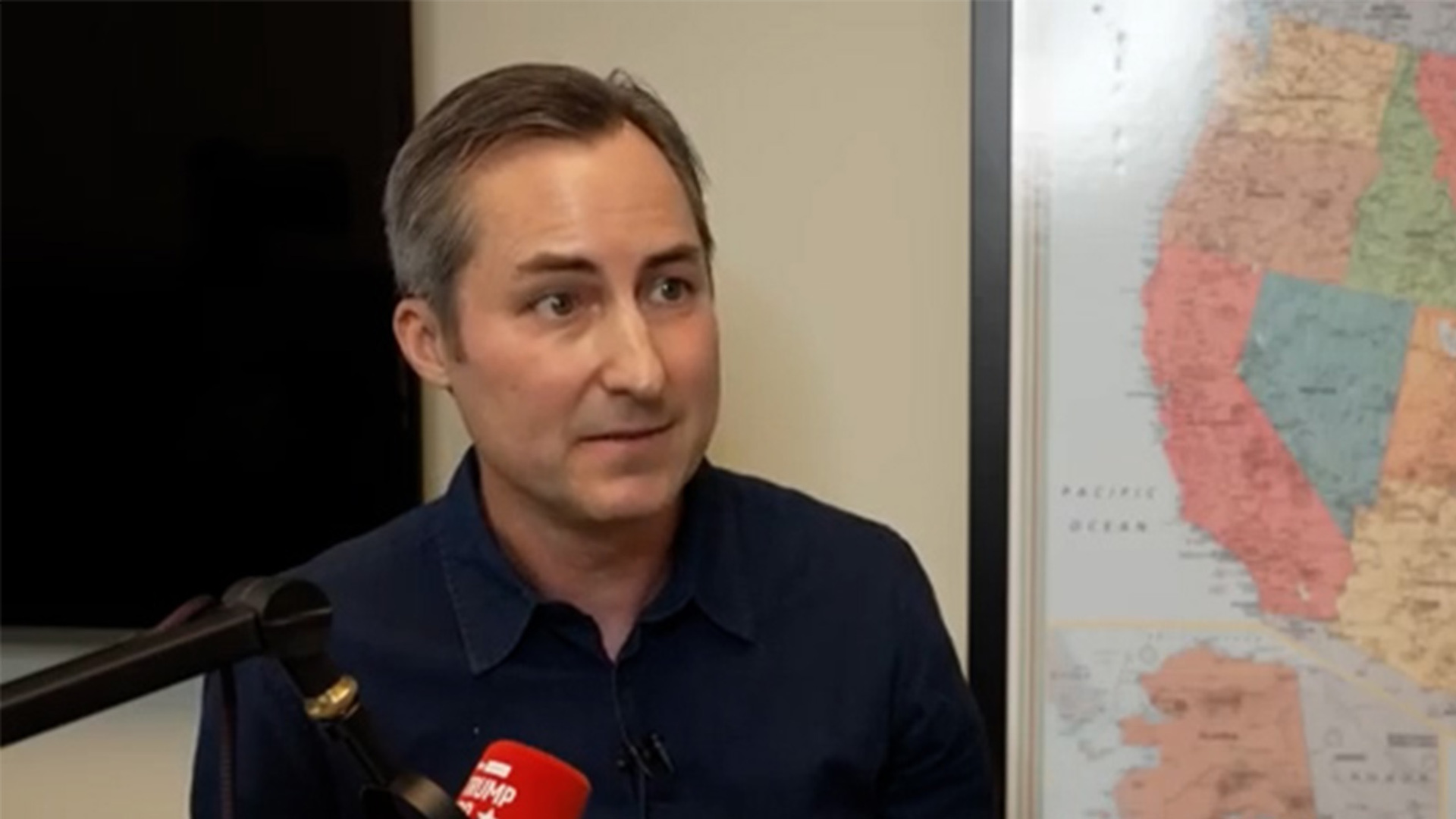
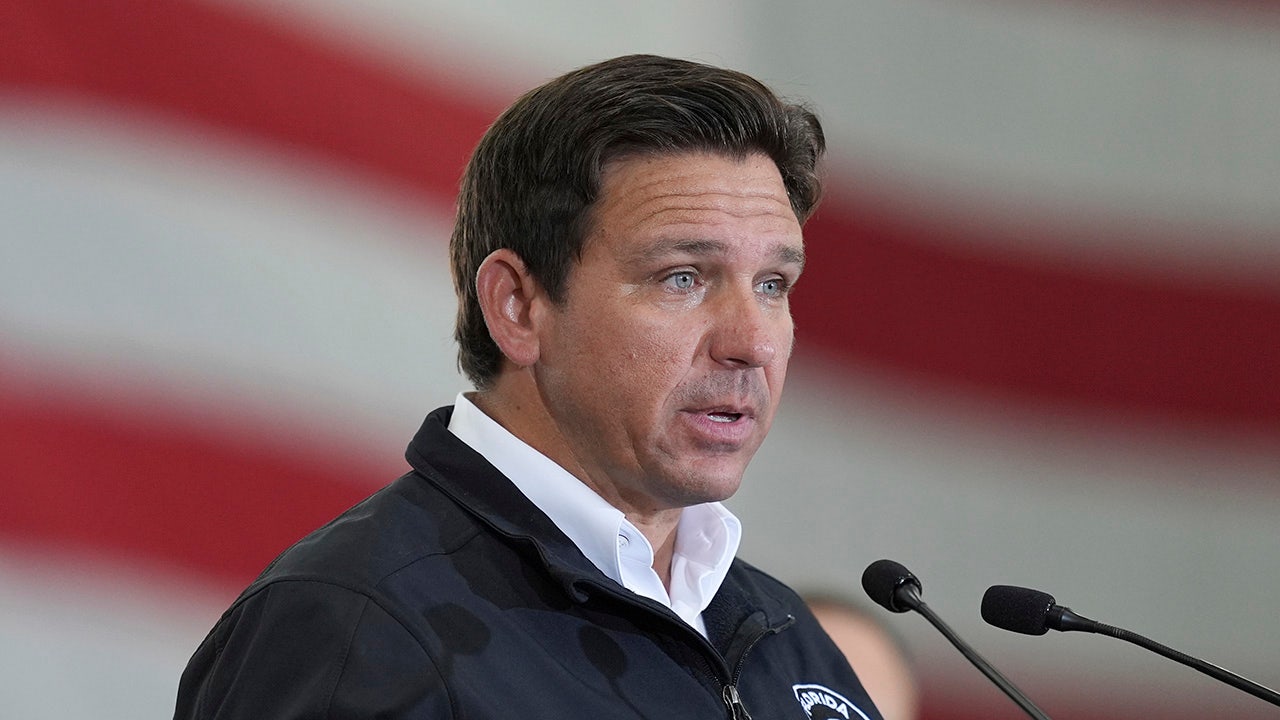



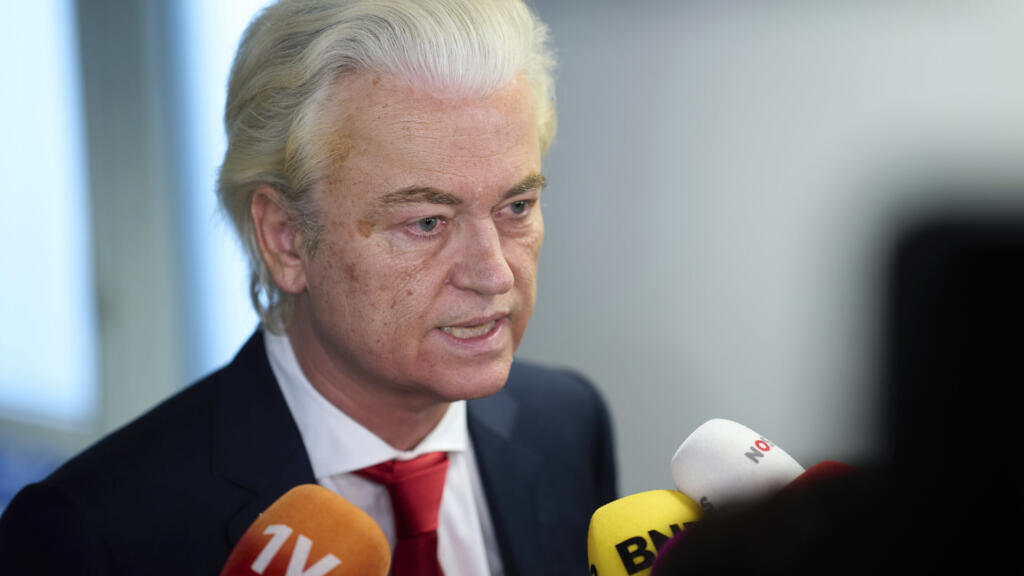
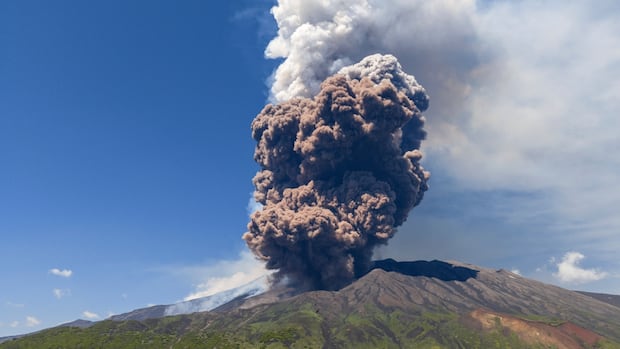






Leave a Reply